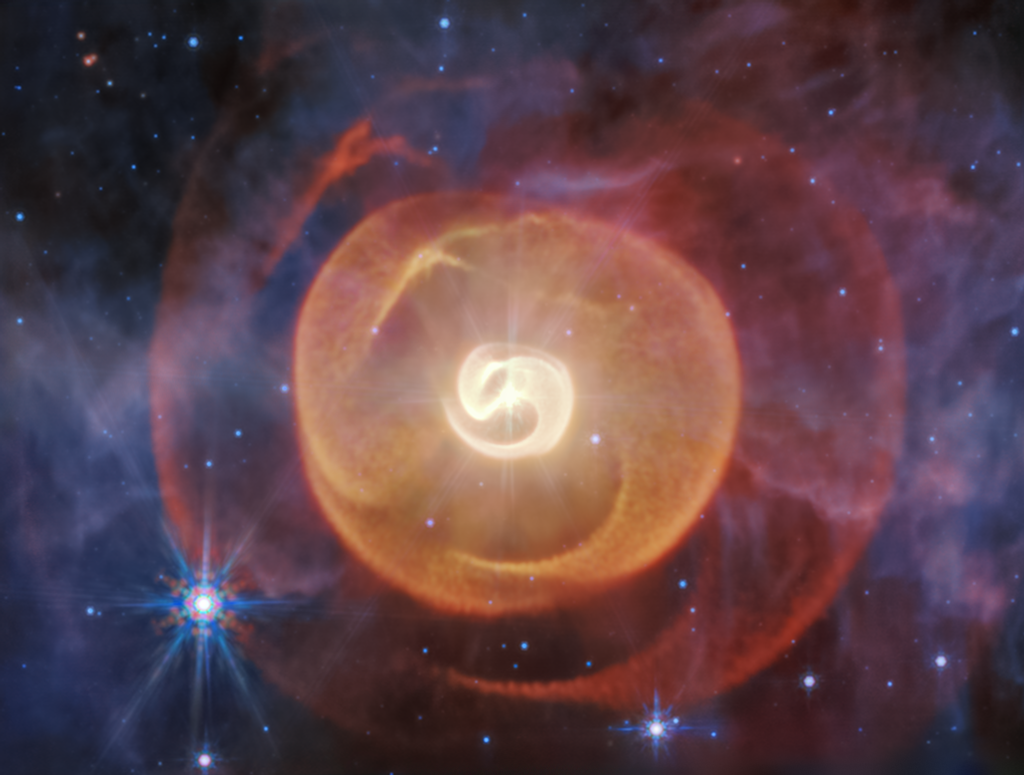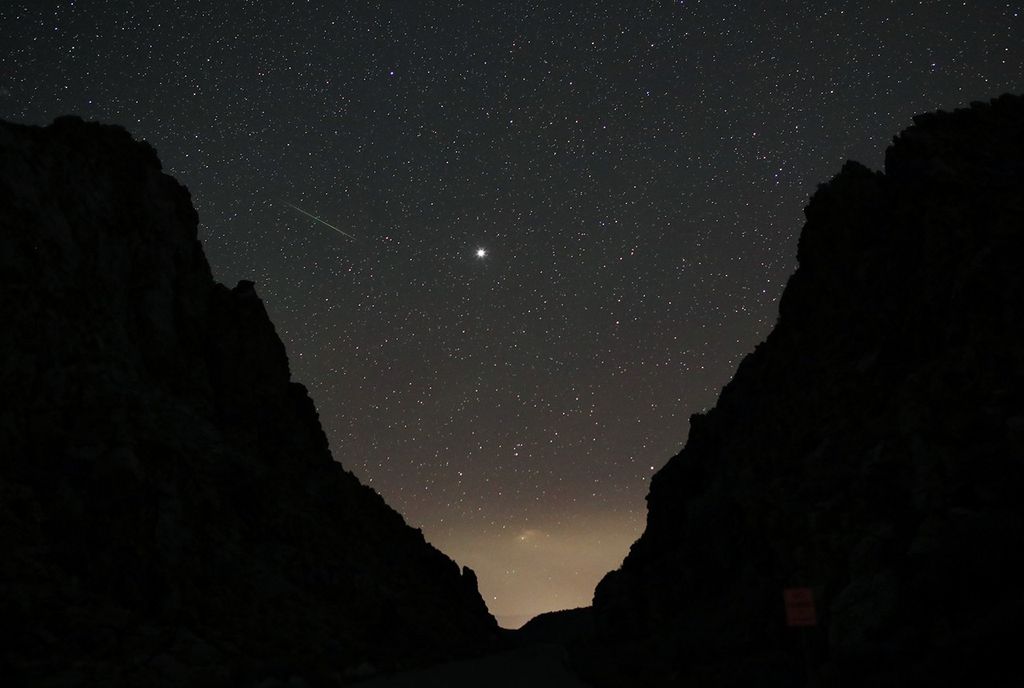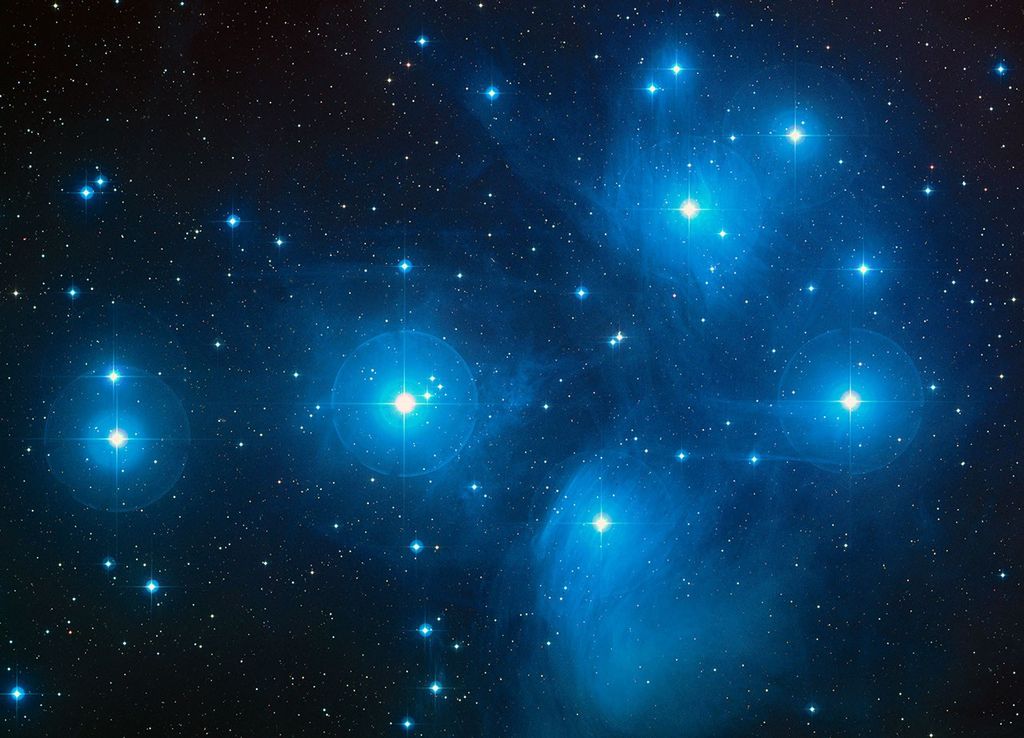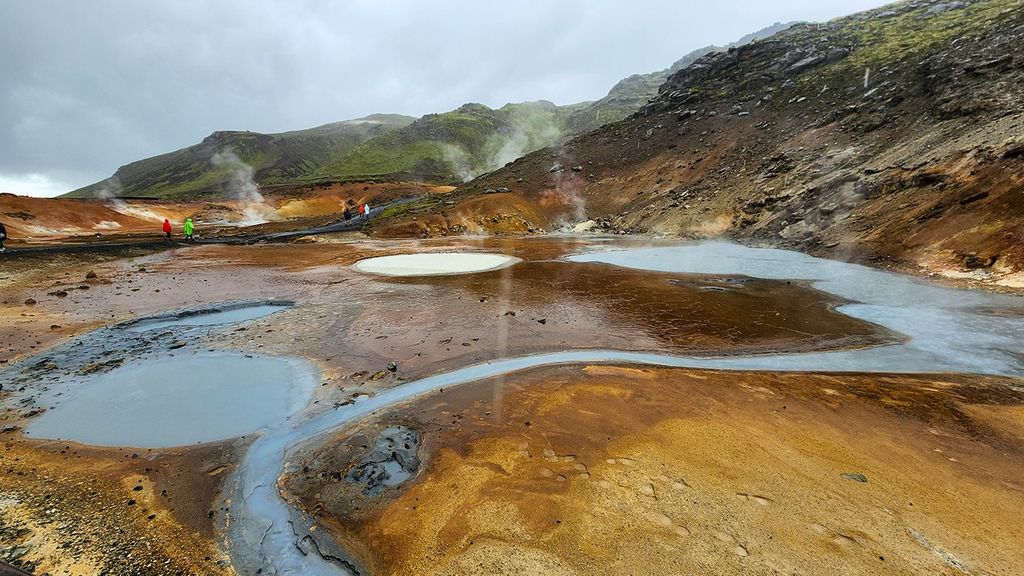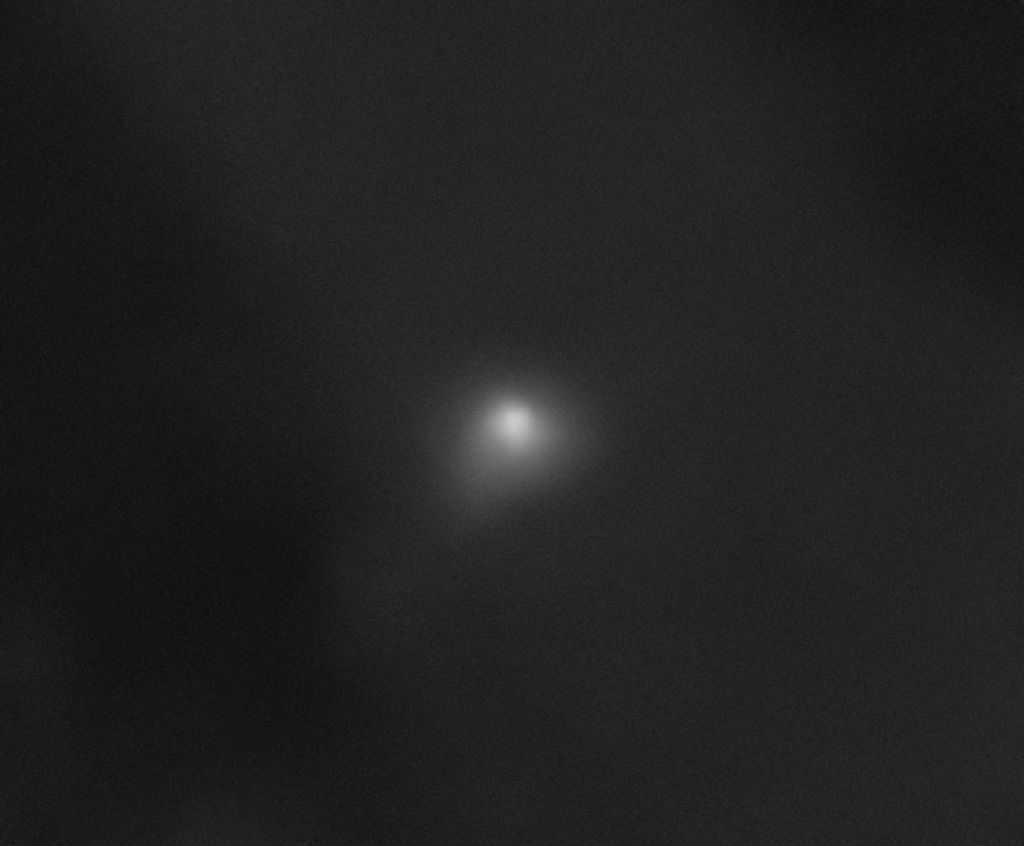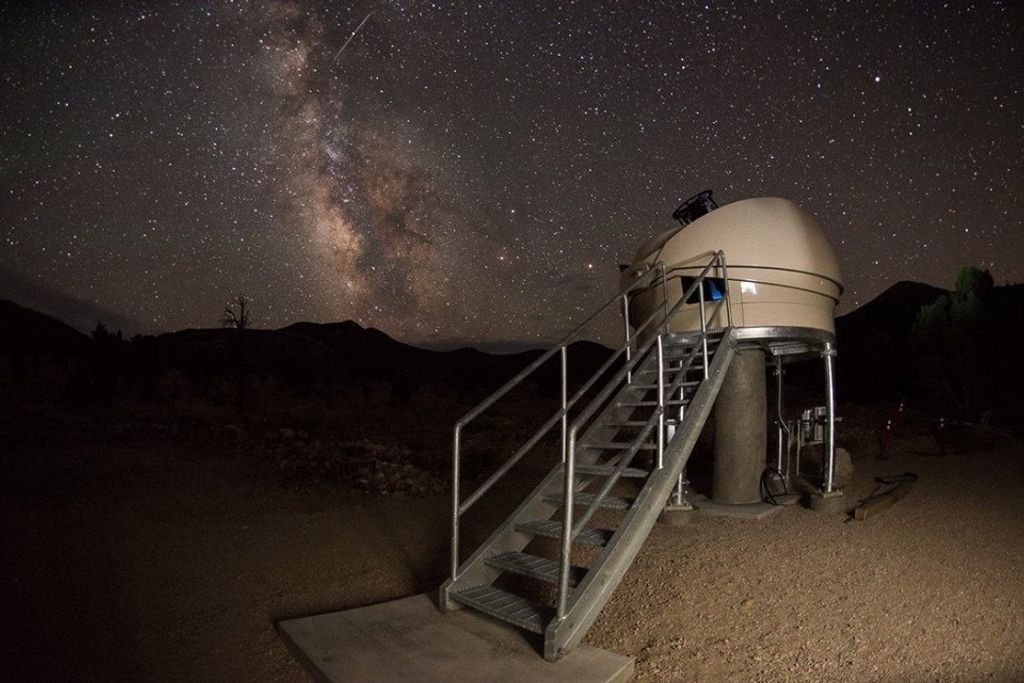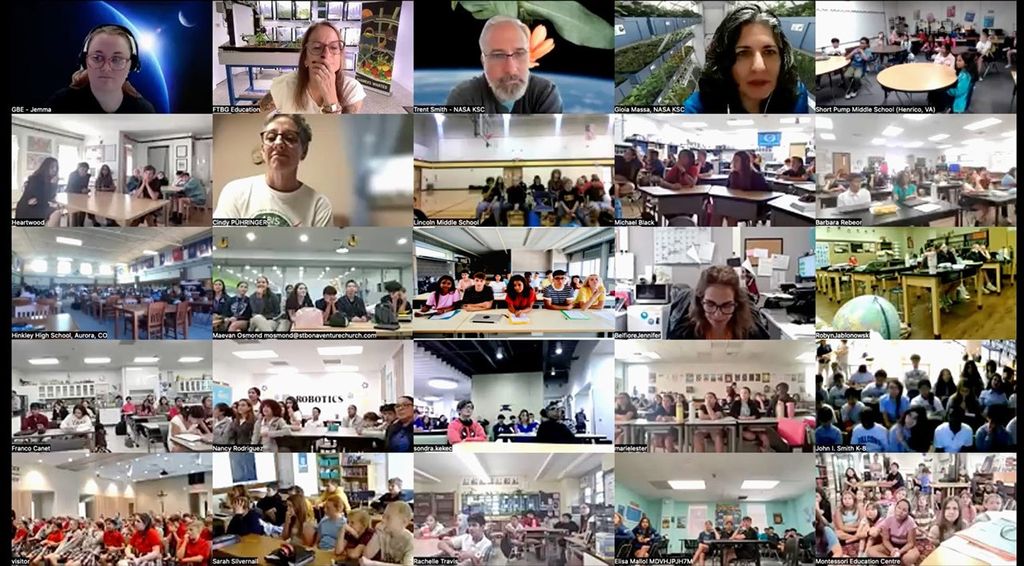1 min read
Southern Ring Nebula Sonifications (NIRCam and MIRI Images Side by Side)
NASA’s Webb Telescope uncovered two views of the Southern Ring Nebula – in near-infrared light (at left) and mid-infrared light (at right) – and each has been adapted to sound.
Two stars orbit one another at the center of this planetary nebula. The smaller, fainter red star in the mid-infrared image at right is at the end of its lifetime – it has puffed off layers of gas and dust for thousands of years. Its companion, the brighter, larger star in both images, has stirred up those ejections. Now, listeners can hear the stars and surrounding shells of material in each image clearly.
In this sonification, the colors in the images were mapped to pitches of sound – frequencies of light converted directly to frequencies of sound. Near-infrared light is represented by a higher range of frequencies at the beginning of the track. Mid-way through, the notes change, becoming lower overall to reflect that mid-infrared includes longer wavelengths of light.
Listen carefully at 15 seconds and 44 seconds. These notes align with the centers of the near- and mid-infrared images, where the stars at the center of the “action” appear. In the near-infrared image that begins the track, only one star is heard clearly, with a louder clang. In the second half of the track, listeners will hear a low note just before a higher note, which denotes that two stars were detected in mid-infrared light. The lower note represents the redder star that created this nebula, and the second is the star that appears brighter and larger.
This sonification does not represent sounds recorded in space. Two musicians mapped the telescope’s data to sound, carefully composing music that represents near- and mid-infrared light, specifically to hear their contrasts. In a way, this sonification is like modern dance or an abstract painting – it converts two of Webb’s images into a new medium to engage and inspire listeners.
Explore Webb’s image of the Southern Ring Nebula, including its full text description, in more detail.
- Release DateAugust 31, 2022
- Science ReleaseNASA Webb’s First Full Color Images, Data Are Set to Sound
- CreditImage: NASA, ESA, CSA, STScI; Accessibility Production: NASA, ESA, CSA, STScI, Kimberly Arcand (CXC, SAO), Matt Russo (SYSTEM Sounds), Andrew Santaguida (SYSTEM Sounds), Quyen Hart (STScI), Claire Blome (STScI), Christine Malec
Downloads
Related Images & Videos
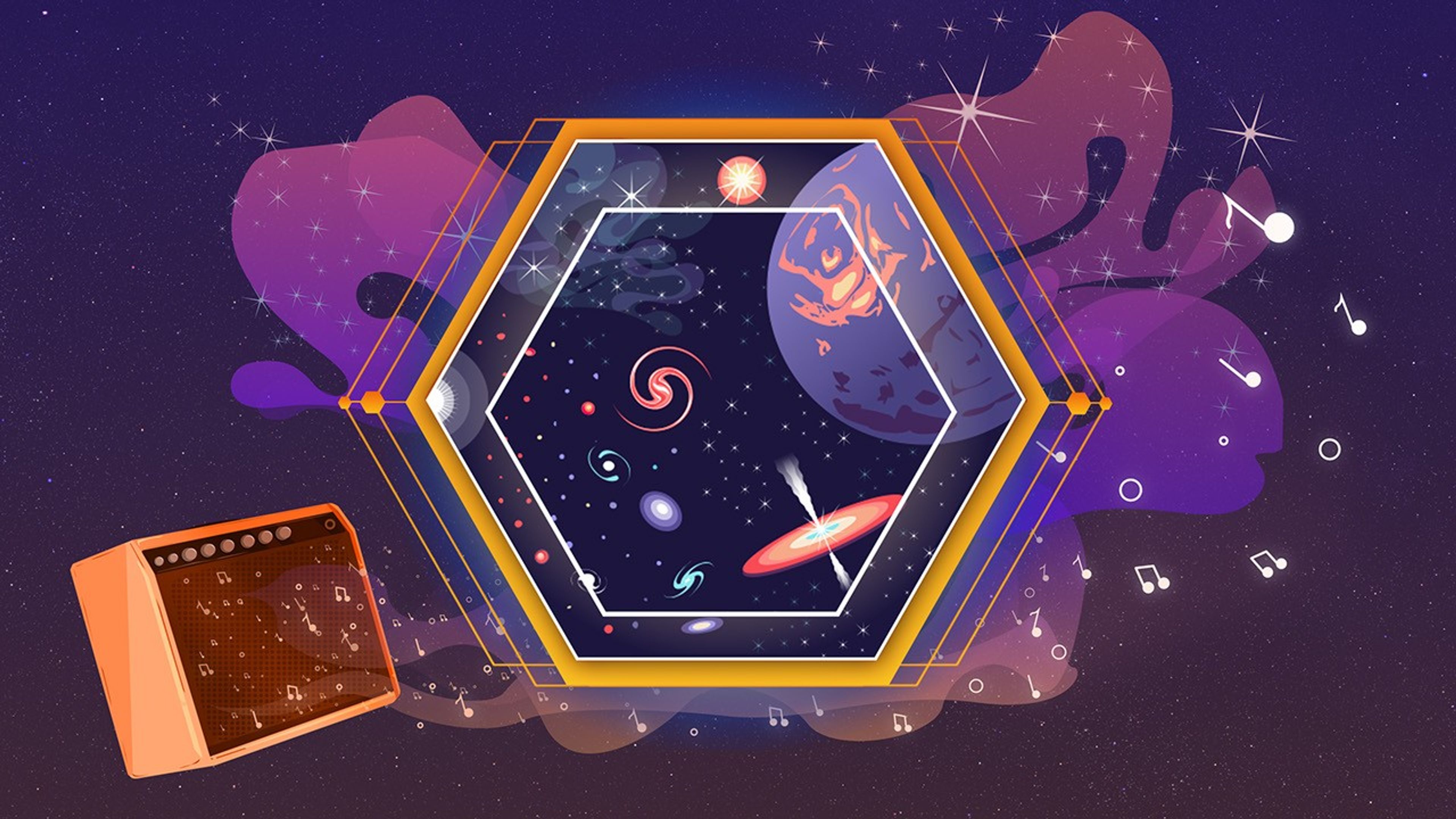
James Webb Space Telescope Sonifications
Explore some of the first full-color infrared images and data from NASA’s James Webb Space Telescope – by listening. Enter the complex soundscape of the Cosmic Cliffs in the Carina Nebula, explore the contrasting tones of two images that depict the Southern Ring Nebula , and...
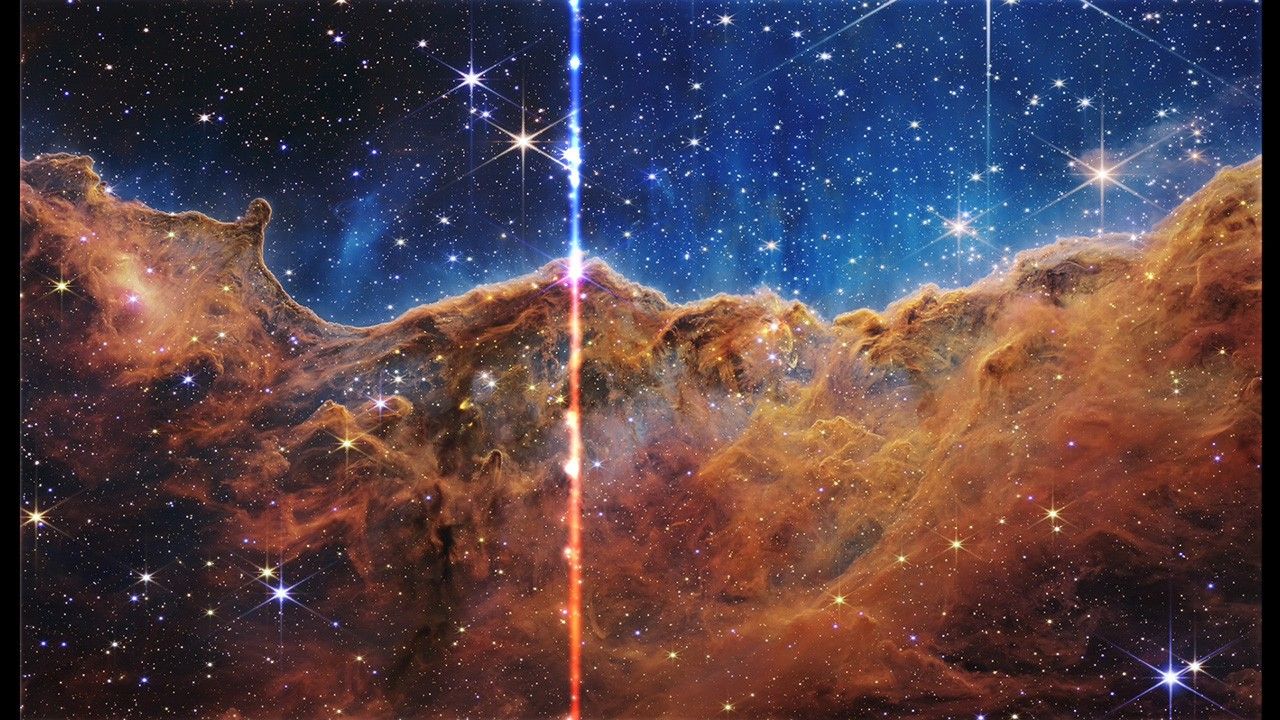
Cosmic Cliffs in the Carina Nebula Sonifications (NIRCam Image)
New sonifications map a near-infrared image of the Cosmic Cliffs in the Carina Nebula, captured by NASA’s Webb Telescope, to a symphony of sounds. Musicians assigned unique notes to the semi-transparent, gauzy regions and very dense areas of gas and dust in the nebula,...
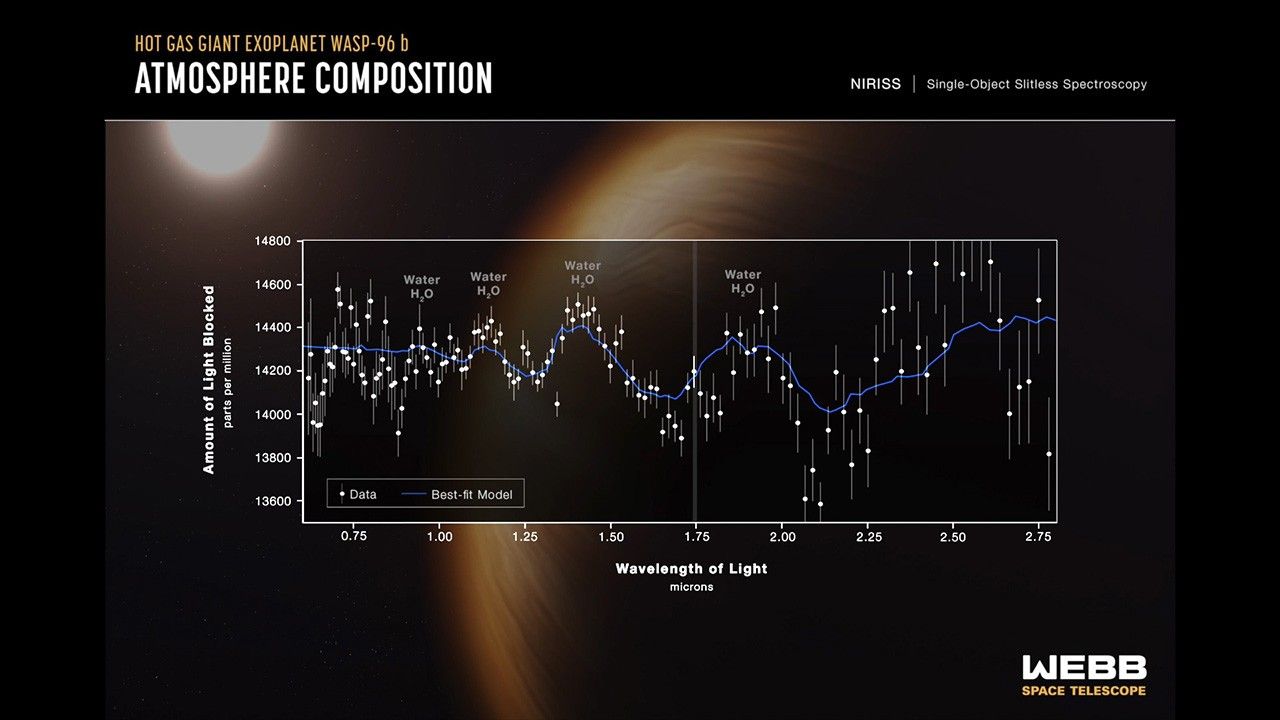
Exoplanet WASP-96 b Sonification (NIRISS Transmission Spectrum)
NASA’s Webb Telescope observed the atmospheric characteristics of the hot gas giant exoplanet WASP-96 b – which contains clear signatures of water – and the resulting transmission spectrum’s individual data points were translated into sound. The sonification scans the spectrum...
Share
Details
Laura Betz
NASA’s Goddard Space Flight Center
Greenbelt, Maryland
laura.e.betz@nasa.gov
NASA, ESA, CSA, STScI
NASA, ESA, CSA, STScI, Kimberly Arcand (CXC, SAO), Matt Russo (SYSTEM Sounds), Andrew Santaguida (SYSTEM Sounds), Quyen Hart (STScI), Claire Blome (STScI), Christine Malec

